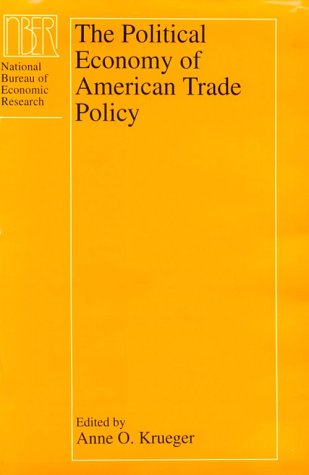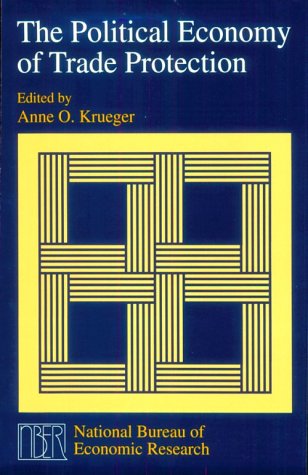National Bureau of Economic Research Project Reports
2 total works
Exploring the political and economic determinants of trade protection, this study provides a range of information on key American industries and documents the process of seeking and conferring protection. Eight analytical histories of the automobile, steel, semiconductor, lumber, wheat, and textile and clothing industries demonstrate that trade barriers rarely have unequivocal benefits and may be counterproductive. They show that criteria for awarding protection do not take into account the interests of consumers or other industries and that political influence and an organized lobby are major sources of protection. Based on these findings, a final essay suggests that current policy fails to consider adequately economic efficiency, the public good, and indirect negative effects. This volume should interest scholars in economics, business, and public policy who deal with trade issues.
This summary examines the level, form and evolution of American trade protection. In case studies of trade barriers imposed during the 1980s to help the steel, semiconductor, automobile, lumber, wheat, and textile and clothing industries, the contributors trace the evolution of efforts to obtain protection, protectionist measures and their results. A chapter assessing the common themes that emerge from the studies concludes that the focus of current trade law is exclusively on the individual protection-seeking industries, with little regard for indirect effects on using industries or for consumers. Reform could usefully take these effects into account. This volume should interest policymakers, business executives, and anyone interested in trade policy formulation and practice.

